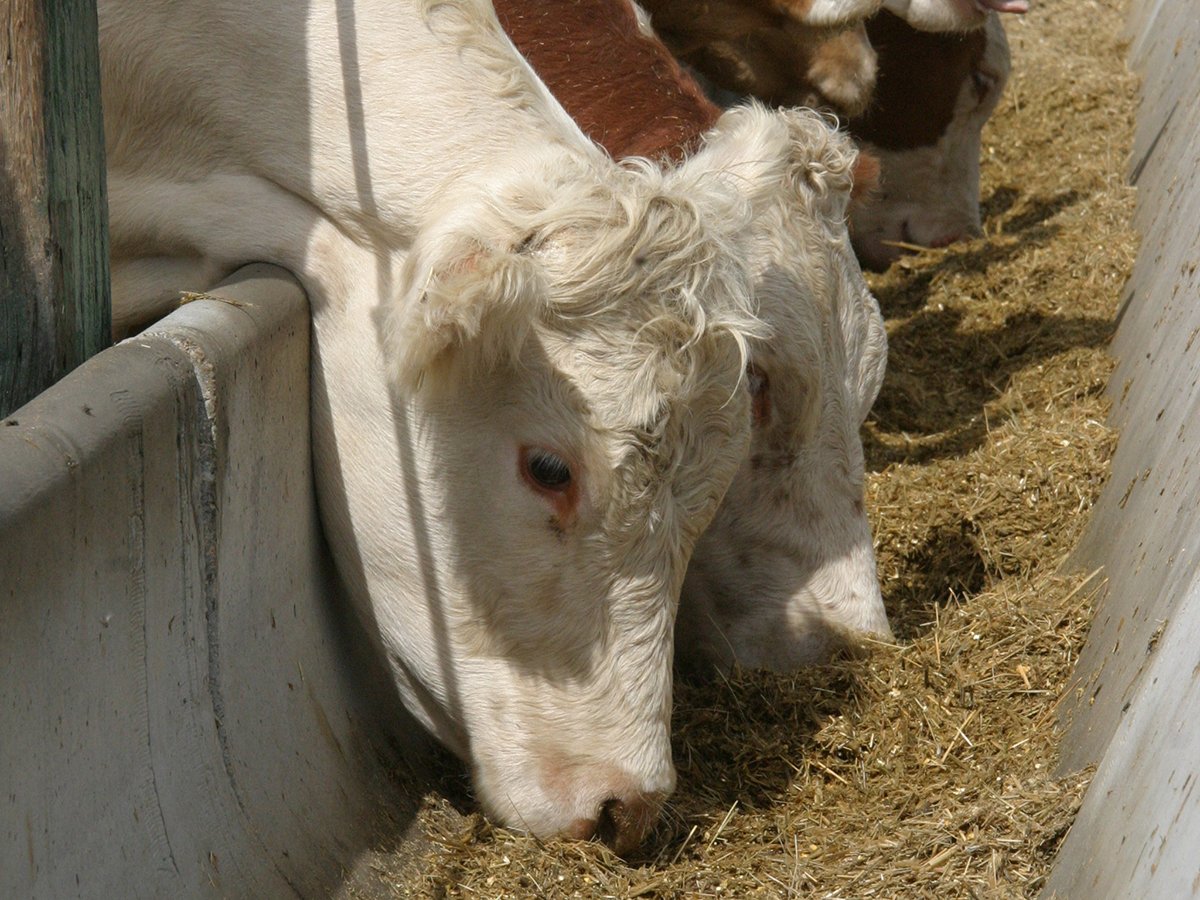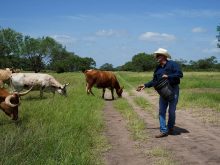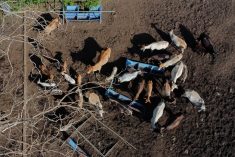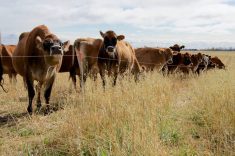OSOYOOS, B.C. – Slaughterhouse waste disposal has become an expensive problem in Canada and governments may be forced to ensure regulations don’t leave the meat processor at a competitive disadvantage, says British Columbia agriculture minister John van Dongen.
“We need to prioritize finding answers for small plants because if we are not careful … we won’t be able to build new plants and we may be not able to keep the existing ones going,” he told the B.C. Cattlemen’s Association annual meeting in Osoyoos May 28.
Tighter food safety regulations for building plants and disposing of waste may discourage new ventures, he said, especially smaller regional operations.
Read Also

Alberta cattle loan guarantee program gets 50 per cent increase
Alberta government comes to aid of beef industry with 50 per cent increase to loan guarantee program to help producers.
Europe spends a lot of money to destroy specified risk materials believed to possibly harbor BSE infective agents, he added, and Canada may have to relent and become involved.
“We may get to that point where we have to look at something longer term. Governments would not go there willingly or easily,” he said.
“We would normally expect the private sector to deal with whatever byproducts they have.”
Beef consultant Andrew Raphael said government needs to become involved.
“SRMs are a problem. The government should be involved as a health and safety issue,” he told the cattlemen’s meeting.
Governments are unlikely to invest in a packing plant because it cannot favour one group over another and public involvement could be seen as a trade subsidy.
However, Raphael said SRM management could be classified as a public safety hazard because international trade rules condone government payments for disposal.
The BCCA commissioned Raphael to analyze how other countries manage the material and to examine technologies such as incineration, thermal hydrolysis, landfill, composting, biofuel and
cement.
Last year B.C. produced 35,000 tonnes of SRMs in plants across the province so European technologies may not work because of transportation costs to a central facility.
Municipalities don’t consider dumping SRMs in landfills a feasible option.
“Landfills do not want blood and guts in their landfills, whether they are SRMs or not,” Raphael said.
Before BSE was discovered in Canada, rendering companies paid plants for the waste. That has reversed and renderers now charge processors to haul away unwanted materials.
The disposal problem is further complicated as the industry waits for the federal government to pass regulations on how to manage SRMs. A regulation to ban these from animal feed, fertilizer or pet food could be in place this fall, but there are few realistic suggestions about what to do with the waste.
Last fall, B.C. set aside $5 million to find SRM solutions as part of a larger federal provision of $80 million to handle these wastes, including finding technology to convert them into something useful.















